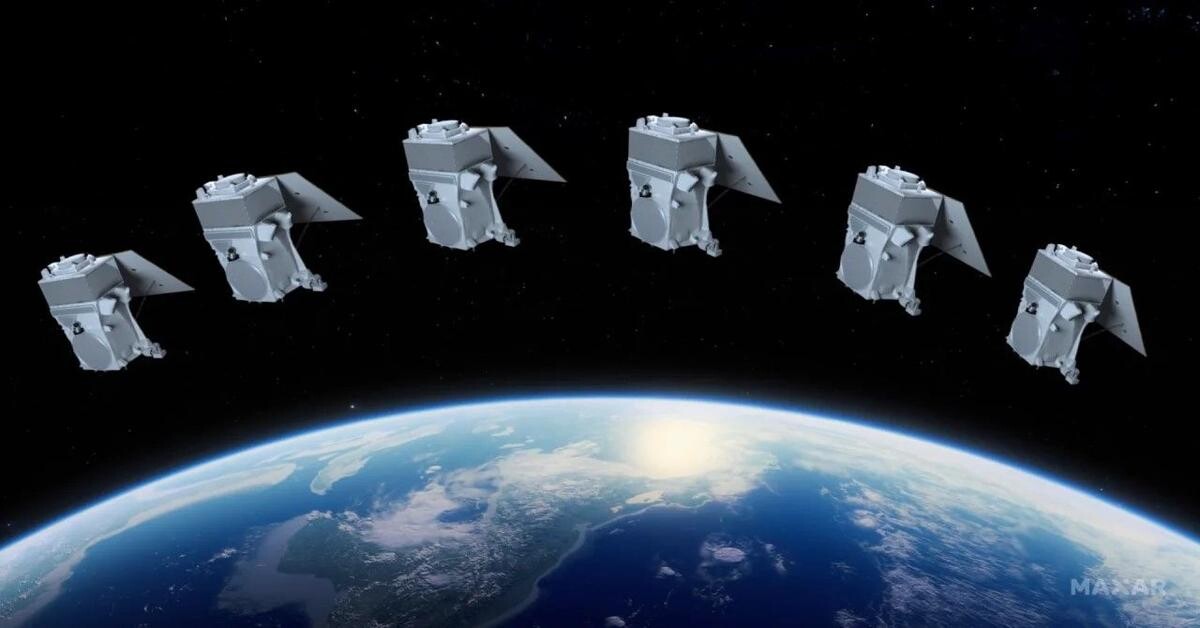SpaceX launches Maxar Intelligence next-gen satellites

SpaceX announced the successful launch of the Maxar 1 mission, which transported two advanced WorldView Legion satellites for intelligence purposes, from California
On Thursday, SpaceX successfully launched the Maxar 1 mission from Vandenberg Space Force Base in California. The mission, launched by SpaceX Falcon 9 rocket, carried two next-generation WorldView Legion satellites.
The two satellites introduced via the Maxar 1 mission will eventually supersede and replace the four satellites currently operated by Maxar Intelligence, which are tasked with gathering data and images of the Earth’s surface.
Six WorldView Legion satellites are in the works. Once all projects are completed, Maxar Intelligence’s capacity to collect multispectral and 30-centimeter-class images will triple.
Maxar’s next generation of high-performance satellites, including the $700 million WorldView Legion, enables the company to provide imagery and data to intelligence, defense, and commercial clients.
Thanks to Ratheon-manufactured cameras, these satellites can capture images of identical locations 40 times daily with an unprecedented pixel resolution of 0.29 meters.
Dan Smoot, CEO of Maxar Intelligence, stated, “WorldView Legion will enhance the quality and functionalities of our industry-leading position, redefine the performance of Earth observation satellites, and grant customers exclusive access to timely, actionable insights that facilitate mission success.”
The company stated that these Maxar Space Systems-built satellites are the inaugural models of the Maxar 500 series, a mid-size platform manufactured in Palo Alto and San Jose, California.
Decades of experience have gone into developing the WorldView Legion and the Maxar 500 series platform, which are satellites designed to conduct missions for our clients. “We are thrilled to have reached this significant program milestone and to continue working together on the program,” stated Maxar Space Systems CEO Chris Johnson.
By approximately 15 times per day, these satellites will significantly enhance their capability to traverse regions of the Earth undergoing rapid change.
Source: Newsroom



